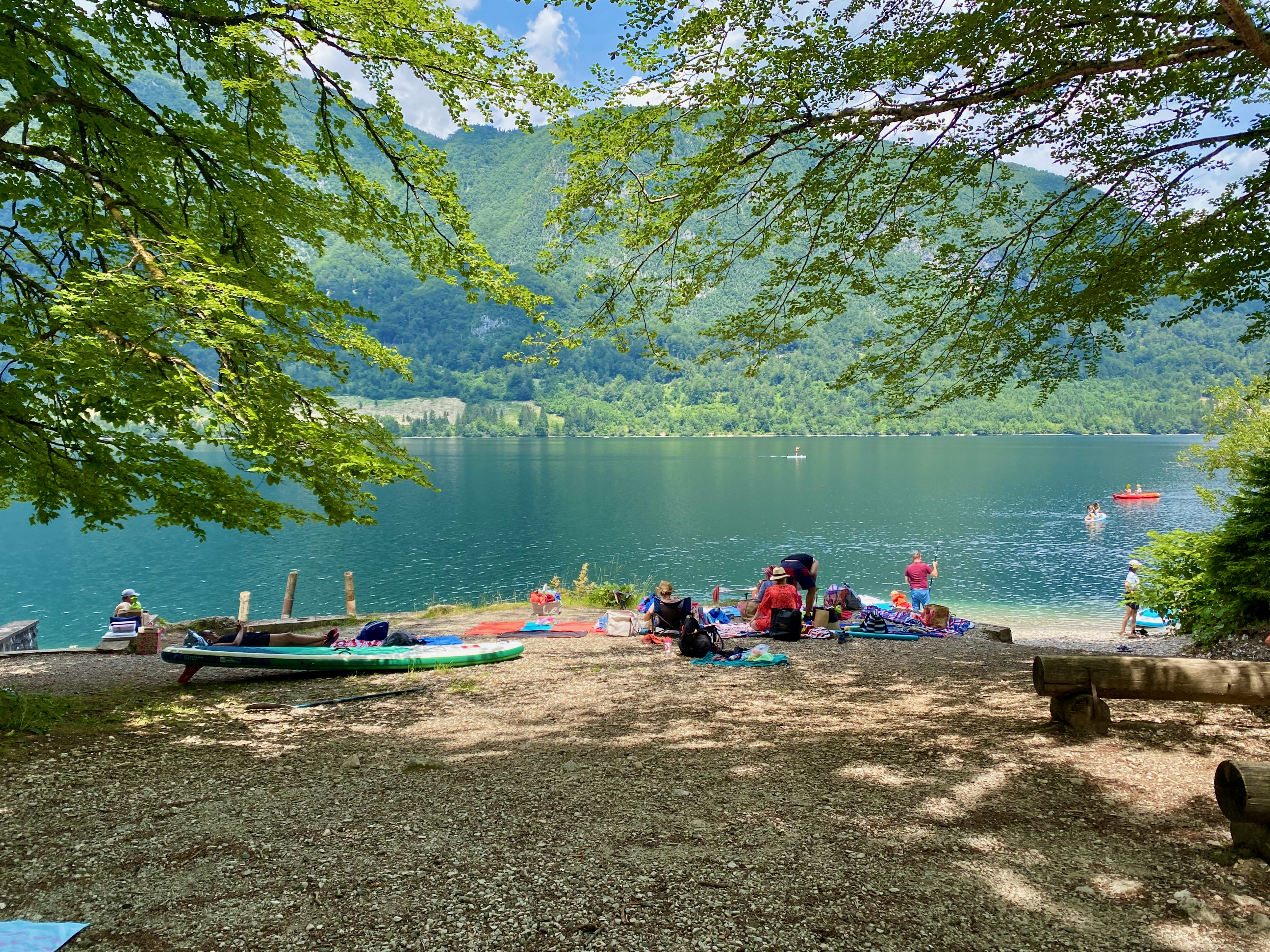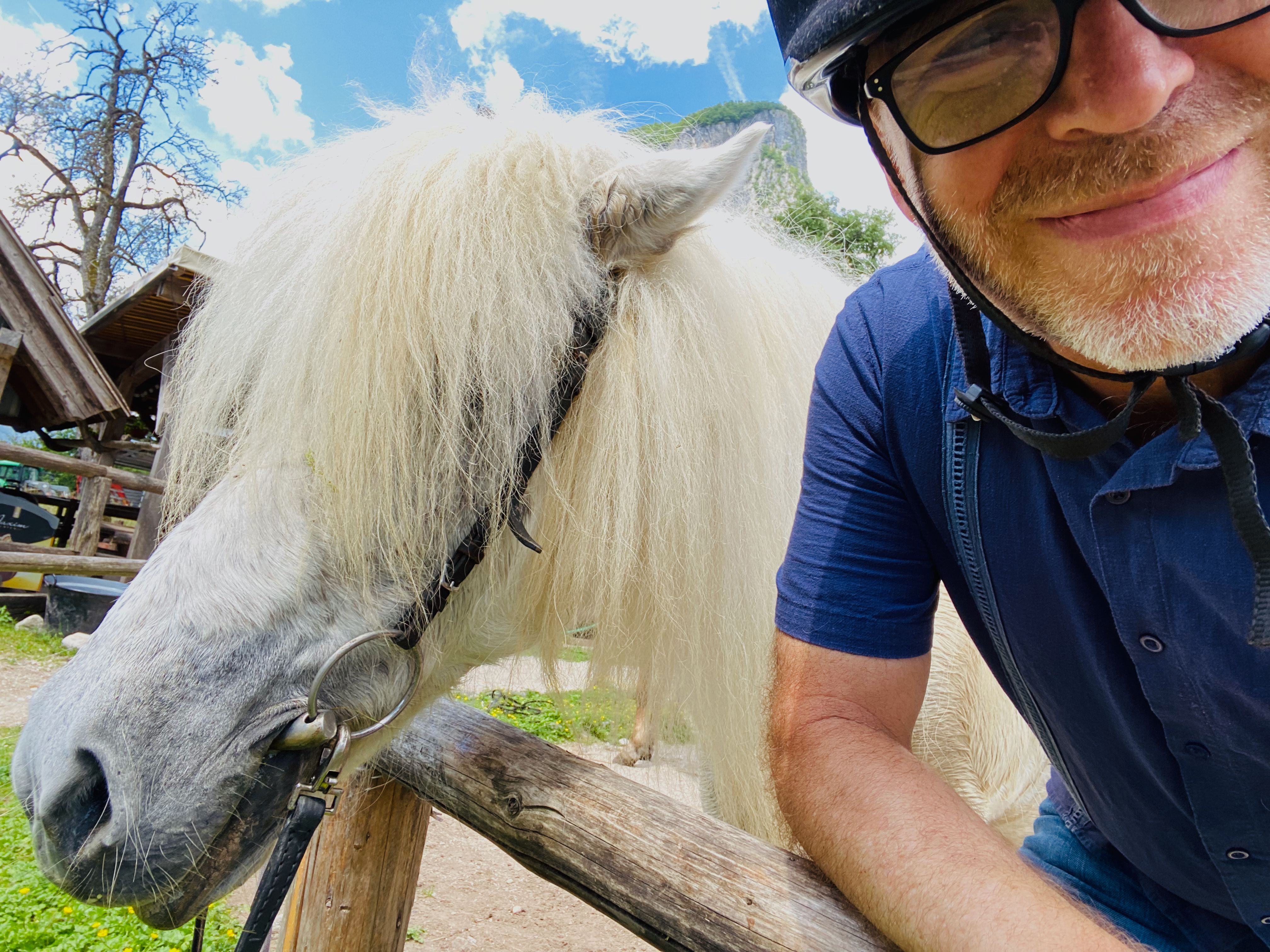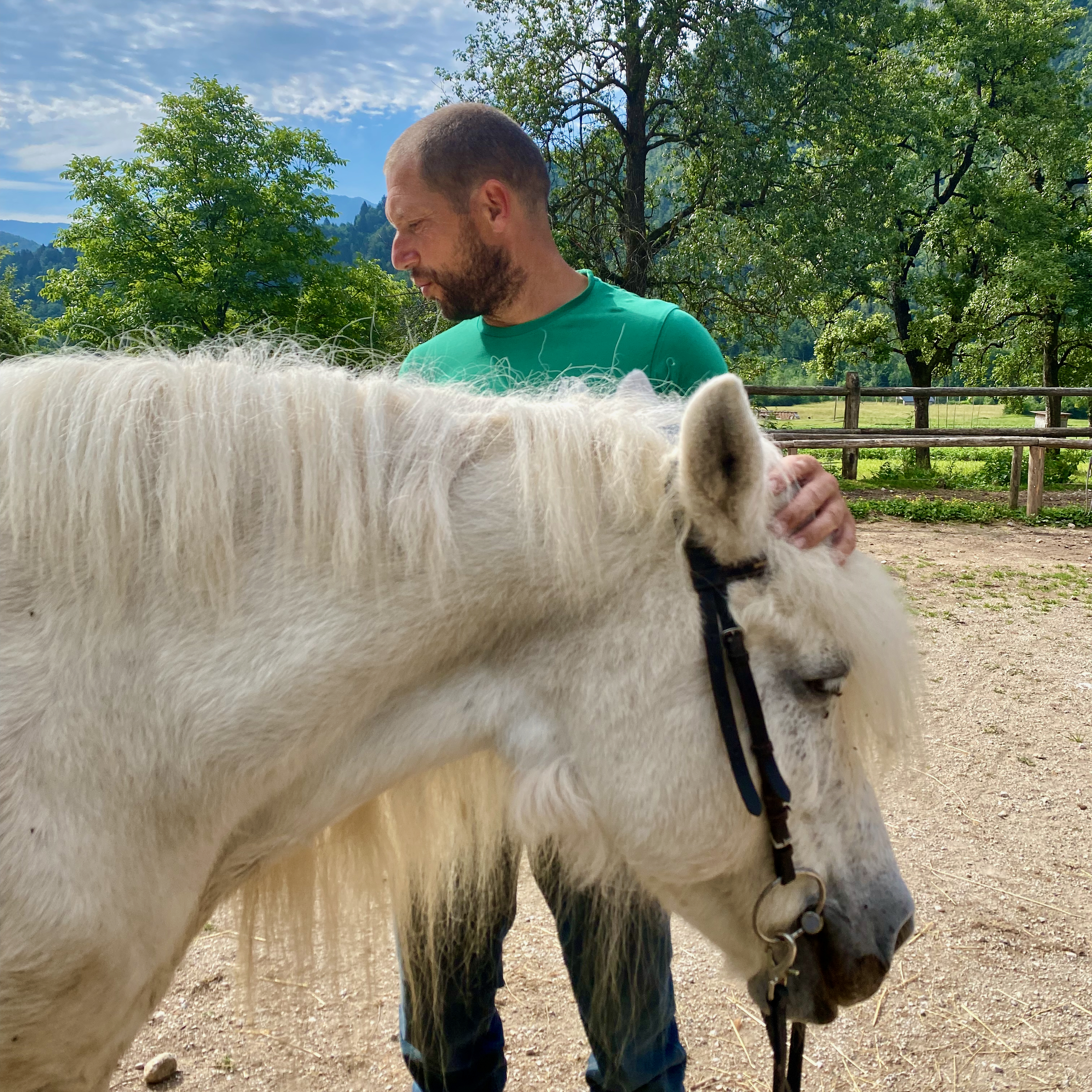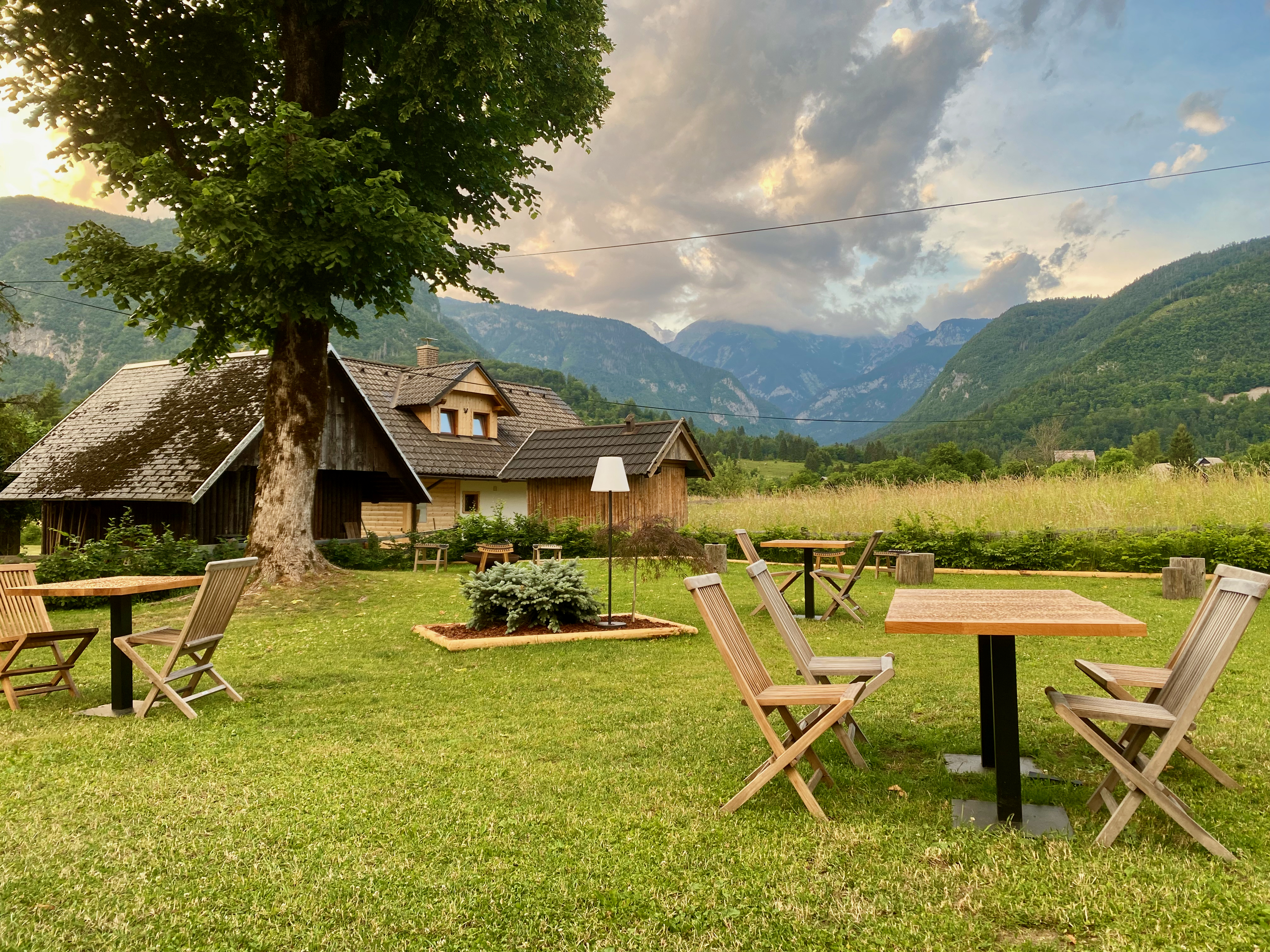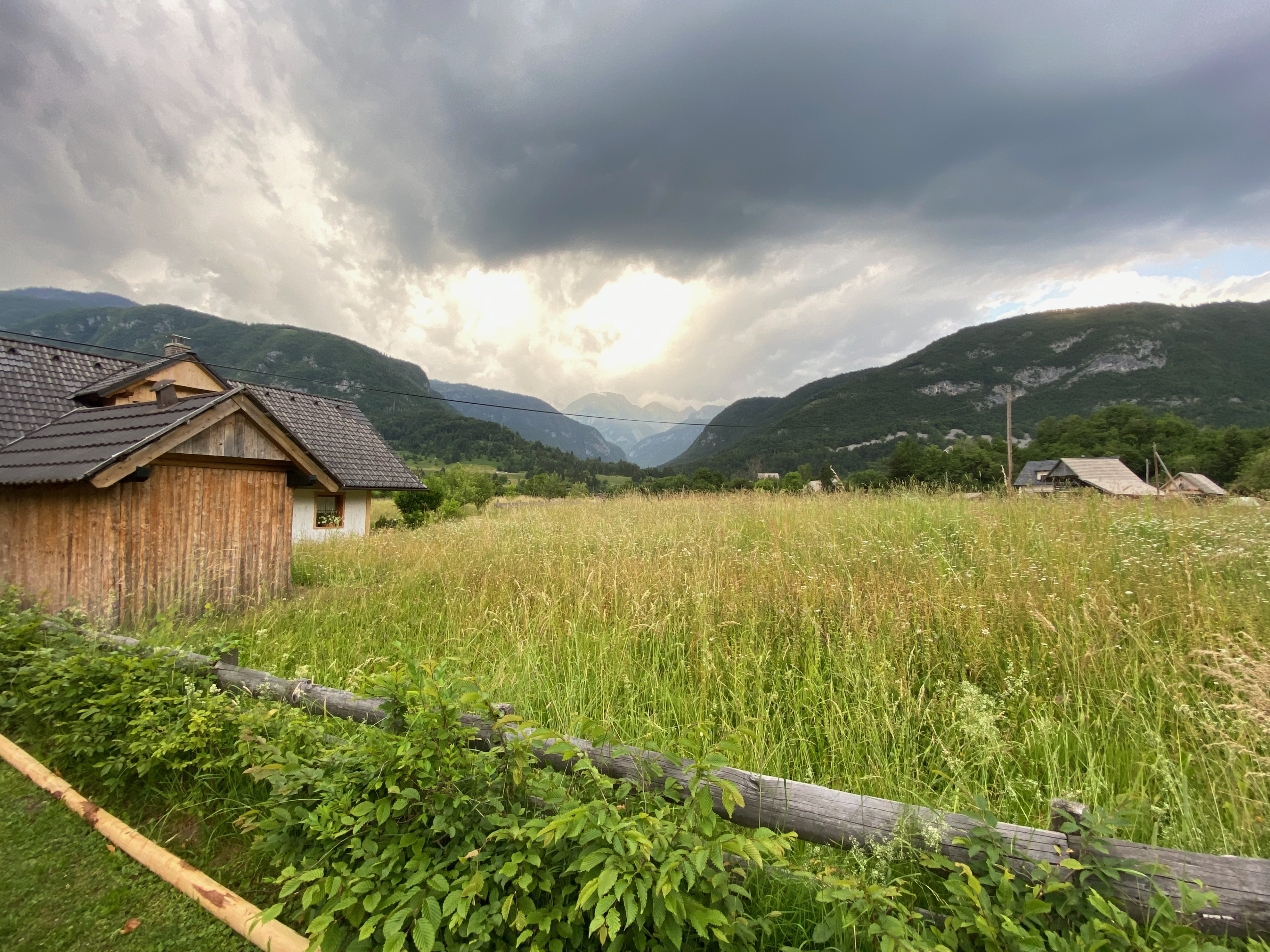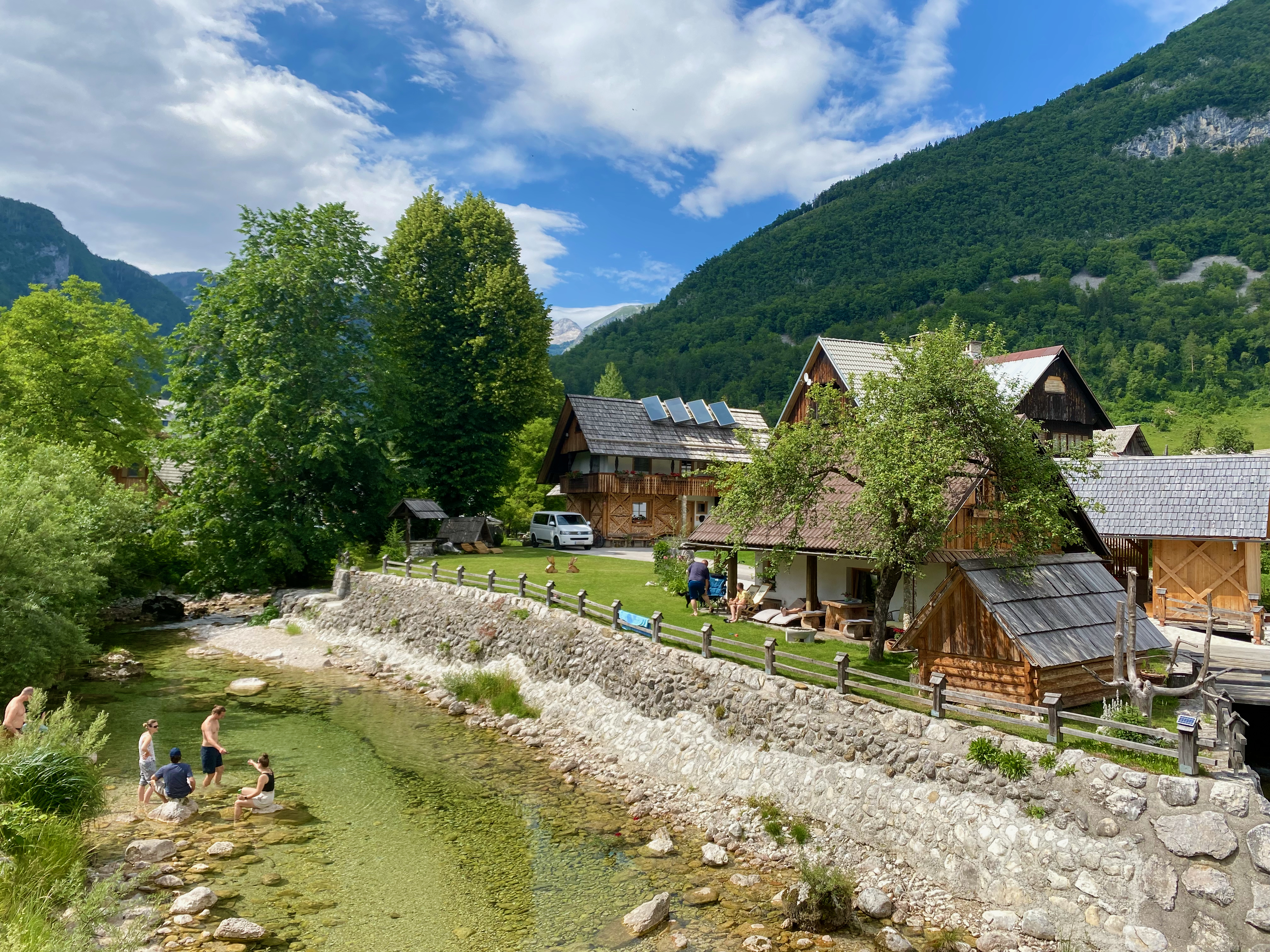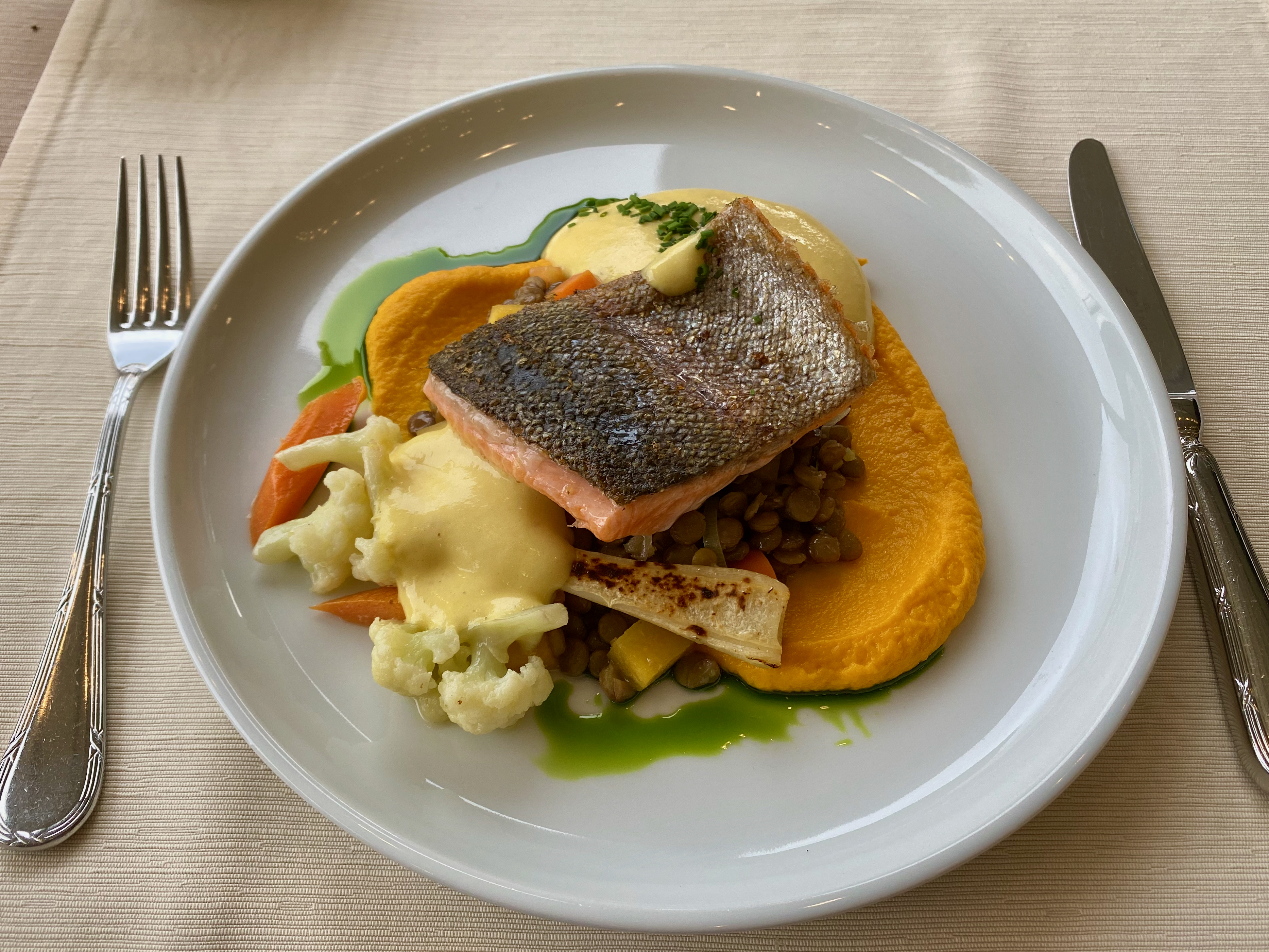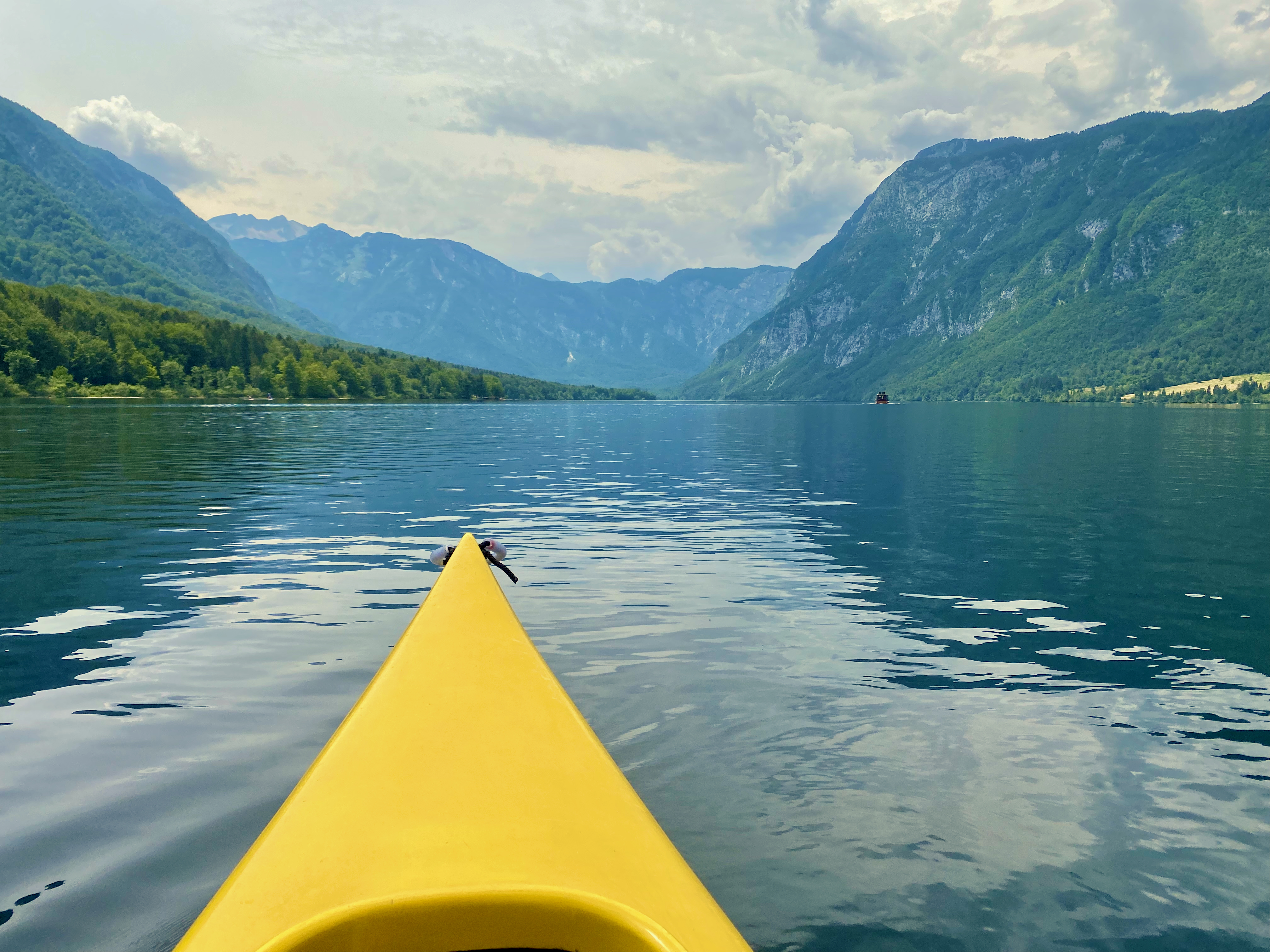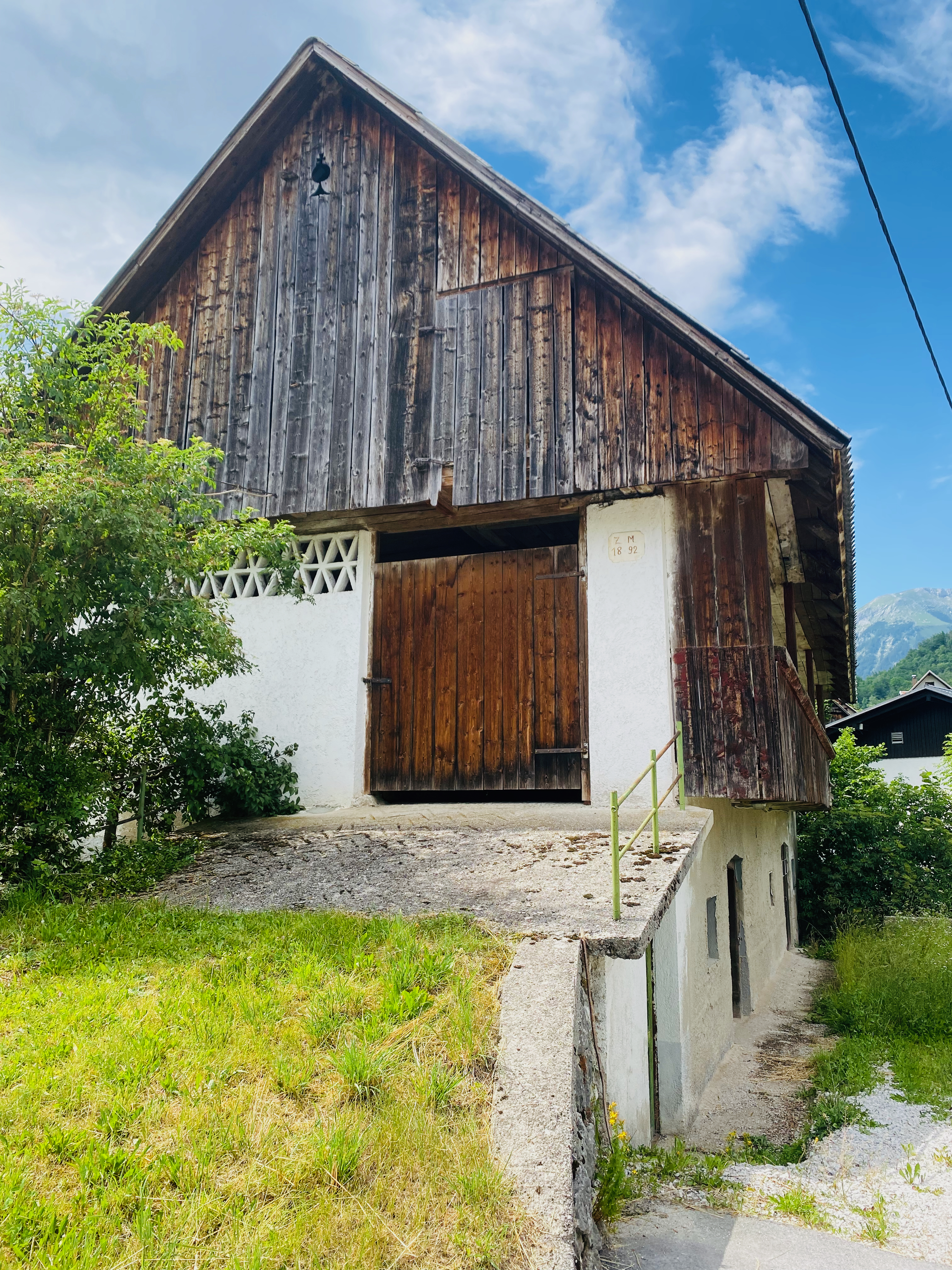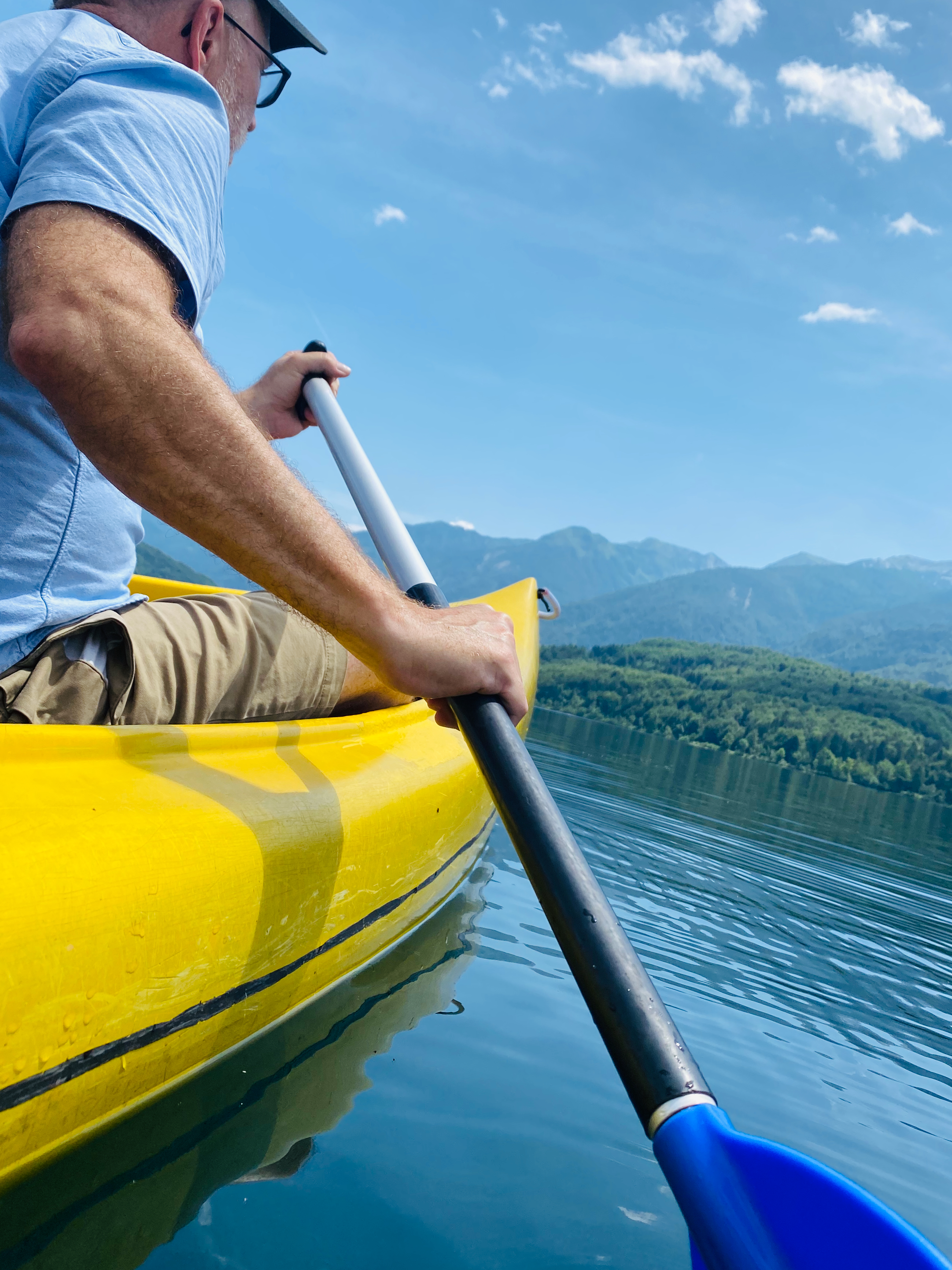Lake Bohinj is sometimes referred to as Slovenia’s “other” lake in deference to better-known Lake Bled, about 30km (18 miles) to the northeast, but it doesn’t play second fiddle. The waters at Slovenia’s largest permanent lake throw off the same hypnotic, blue-green hues as at Bled and the mountain panoramas are just as breathtaking. Lake Bohinj is situated within the Triglav National Park and commercial development is restricted. In practical terms, this means Bohinj feels wilder and far less crowded.
There’s no town on the map called “Bohinj.” Instead, the lake area is spread out along a number of smaller hamlets and villages. Ribčev Laz, on the lake’s eastern shore, is home to a handful of hotels and the main tourist information center. A string of impossibly rustic, time-stood-still villages branch out to the lake’s northeast. Popular attractions include riding the Vogel cable car up to an elevation of 1535m (5,036ft) to take in the peaks and lake below or seeing the dramatic, 78m (256ft) -high Savica waterfall. Bohinj is at its best, though, when paired with more-active pursuits, like boating, biking, hiking and skiing.
Fun & Adventure
In addition to swimming Bohinj’s refreshing waters – which even in mid-summer rarely rise above 27°C (80°F) -- several local outfitters rent out kayaks, canoes and SUPs for a day of self-guided fun. Paddle across the lake or simply splash around the center. Recommended companies include Alpinsport and PAC Sports, both situated near Ribčev Laz. Both also offer higher-adrenaline activities, such as whitewater rafting in the nearby Sava Bohinjka River, canyoning (a combination of rafting, jumping and swimming) in the Jerečica or Grmečica gorges, and paragliding from peaks at Vogel and near the village of Studor.
The hills and trails of the surrounding national park are ideal for hiking and biking. The 270km (170-mile) long Juliana hiking trail passes by Lake Bohinj at Ribčev Laz and threads through the villages northeast of the lake as it circles the park along rivers and mountain passes. The trail is divided into 16 day-long hikes and affords views of the peaks from all angles. Though the trail has hilly parts, much of the terrain is flat and accessible to beginners. It’s open from March to November.
Cycling & Horseback Riding
Cycling possibilities run the gamut from family-friendly rambles along quiet, paved roads to more-demanding, higher-elevation mountain treks into the national park. For families with kids in tow, the gentle, 12km (8-mile) long “Bohinj Cycling Route” hugs the Sava Bohinjka River as it passes through the pretty villages of the Upper Bohinj Valley. Find access points in the villages of Stara Fužina, Studor and Srednja Vas.
More-experienced riders may want to try all or part of the Juliana Bike Mountain Bike Loop, which starts out in Bohinjska Bistrica before climbing the forested Pokljuka Plateau while on its way, eventually, across the 1,611m (5,285ft) Vršič Pass and into the breathtakingly beautiful Soča Valley. Hike&Bike, in Stara Fužina, offers all manner of guided and self-guided hiking and biking trips in the region, including memorable, multi-day mountain- and gravel-biking excursions. They also rent high-quality Specialized gear.
For something slightly lower-key, the family-run Mrcina Horse Farm in Studor offers guided horseback-riding tours around the lake region and surrounding hills the whole family will enjoy. The most popular ride, suitable for beginners, follows the Juliana hiking trail out of the village into the hills of the national park before circling back to the lake. The rides are on low-standing Icelandic horses that are so adorable the kids will want to take them home. Mrcina also books longer rides, including overnights, outside the busy summer season. Reserve in advance over the website.
Bohinj is a year-round resort. From December through March, the Vogel cable car ferries skiers up to around 20km (12 miles) of highly photogenic pistes in the shadow of towering Mt Triglav, Slovenia’s tallest mountain at 2,864 meters (9,396 ft). The Pokljuka Plateau, on the eastern edge of the park, is considered the country’s premier spot for cross-country skiing, sporting around 30km (19 miles) of well-groomed track. Outdoor outfitters rent gear in season.
Foods & Items to Take Home
Lake Bohinj forms its own culinary micro-region and is well known for the quality of locally made sausages, buckwheat groats (a popular side dish) and especially its lake trout, which when cooked takes on a texture and pinkish color that many people confuse for salmon.
The lake also lies at the center of a vibrant cheese-making region. The area’s signature “Bohinj cheese” (Bohinjski sir), made from cow’s milk, has a medium-hard texture and nutty taste that resembles Swiss Emmentaler, though with smaller holes. Local cheesemakers also produce a range of milder soft cheeses and a musty (okay “stinky”) spreadable called “Mohant” that’s ideally suited to slathering on dark bread. The Alpine Dairy Farming Museum in Stara Fužina shows off the region’s long history of cheese-making.
The Slovenian Tourist Board, through its “From Bohinj” campaign, has identified many of the region’s unique foods and handicrafts. In addition to the fish and cheeses, authentic food items include locally made honeys, jams, dried meats, garlic and chilis. Crafted items include knitwear, woolen goods, soaps, traditional woodworking and distinctive, long-stemmed pipes. Find samples of the cheeses as well as other locally made goods at the Tourist Information Center in Ribčev Laz.
Practical information: Lake Bohinj is easily reachable from Ljubljana by bus or train. Trains stop in Bohinjska Bistrica, about 7km (4 miles) from the lake. Buses run all the way to the hamlet of Ribčev Laz, situated on the shore of the lake. The trip takes around two hours either way. Accommodation can be tight in summer, so advance booking is essential. Farm stays are available in the surrounding villages of Stara Fužina, Studor and Srednja Vas. The recently renovated Hotel Bohinj in Ribčev Laz offers luxury rooms steps away from the shore. The Hotel Jezero, near the bus stop in Ribčev Laz, is cheaper and boasts a pretty indoor pool. The best restaurants to sample local cuisine include Restaurant Triglav, where the cooks are masters of Bohinj trout, and nearby Majer’ca, which offers al fresco dining with stunning mountain views. Both are located in Stara Fužina.
